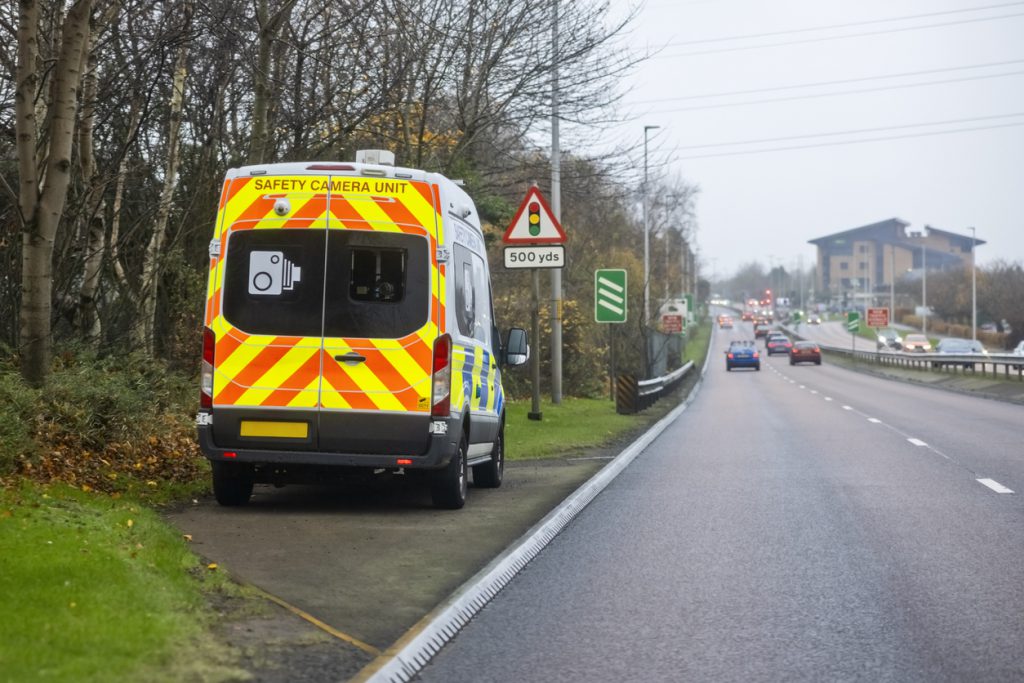
More drivers are being sent on speed awareness courses after breaking the law than ever before. The courses enable drivers to avoid points, fines and potentially expensive increases in insurance premiums.
Drivers attended the courses virtually during the pandemic with 1.5 million licence holders doing so in 2021. It was the greatest number since records began for the courses. Most of the drivers attending courses had beennicked for speeding.
What are retraining courses?
The National Driver Offender Retraining Scheme (NDORS) is operated by the police with a viewto changing drivers’ behaviour. The idea is that drivers who are caught breaking the law are offered the chance to take a retraining course rather than having a fine and points endorsement on their licence.
Drivers who are caught breaking the law are only offered the courses if their law breaking is judged to be down to a lapse of concentration or poor judgement. Courses are usually only offered to drivers who were within 10 per cent of the speed limit. Drivers aren’t allowed to take more than one course every three years.
What are the courses for?
The most popular course is the National Speed Awareness Course. Four out of five drivers (86 per cent) take retraining courses because they’ve been caught driving too quickly. The courses are designed to help drivers to understand why speeding is dangerous and what the possible consequences are.
另外一些er courses include Safe and Considerate Driving for drivers who’ve been seen driving without due care and attention, and What’s Driving Us? aimed at drivers who’ve committed traffic light offences, stopping offences such as dangerously outside school gates, and tailgating.
There are courses for motorbike riders too and even ones for bicycle riders who’ve been stopped by police for cycling through red lights.

Do the courses cost money?
Drivers might think they’ve dodged a minimum £100 fine by taking the course option but they still have to pay for the courses. The cost varies depending on where the courses are. Currently speed awareness courses cost around £90. But others might be more expensive if they include an on-road component.
Do the training courses work?
Using data from 2.2 million drivers, a 2018 report showed that the likelihood of drivers who’d been on the courses reoffending within six months was reduced by nearly a quarter (23 per cent).
The same report showed that over three years, taking part in a retraining course was more effective at reducing speed reoffending than a fine and penalty points.
Do drivers like them?
It would appear so. Attending a driver training course is not a conviction and shouldn’t be treated like one, unlike a fixed penalty. So rather than having to ’fess up to points on their licence when renewing motor insurance, drivers don’t have to mention that they’ve been on a course and insurers don’t have access to course attendance details.
Most insurers don’t appear interested whether drivers have been on these courses. But if an insurer does ask, you have to admit to it or your insurance might be invalidated.
In addition, during the pandemic, courses were no longer held in classrooms. It’s meant that drivers could go on the courses virtually without leaving home. There have even been stories about drivers participating in the courses while on holiday abroad.
